Presentation
Abdominal pain (lumbar region) for 10 days, associated with a few episodes of vomiting. No dysuria or fever.
Patient Data

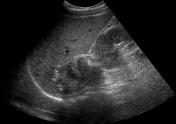
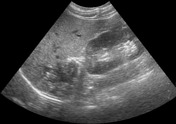
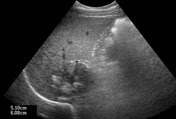
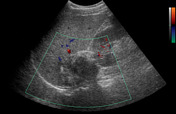
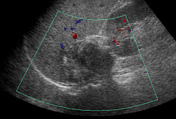
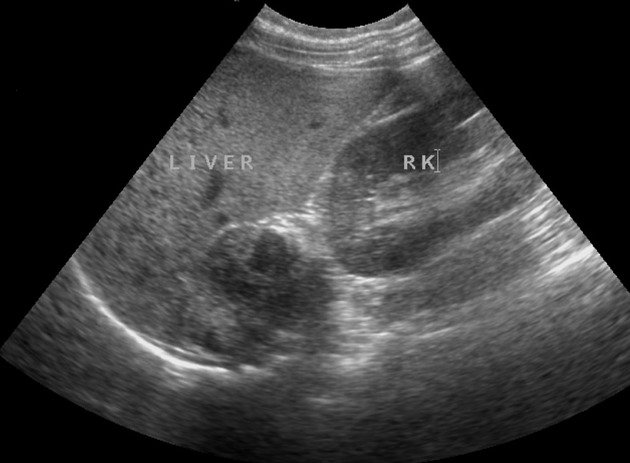
Heterogeneous partly calcified mass lesion measuring 5 x 6 cm, in right suprarenal location. No vascularity is seen in it on color Doppler ultrasound examination.
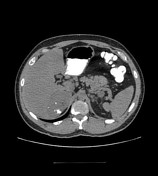

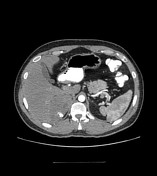

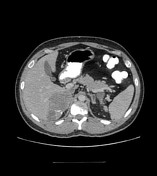

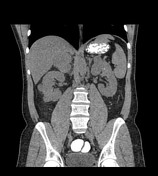

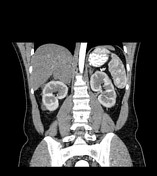

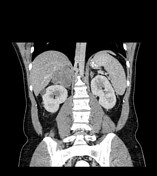

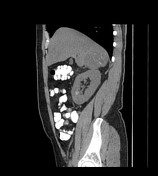

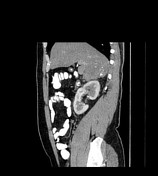

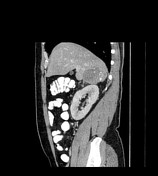

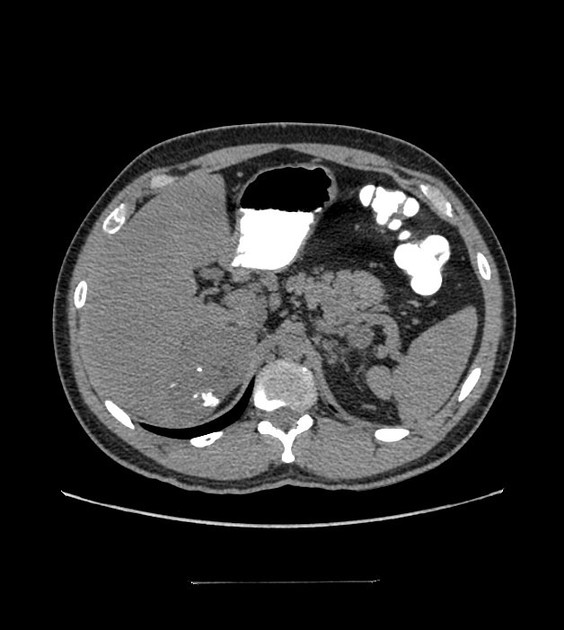
Right suprarenal mass lesion measuring about 5.7 x 5.4 cm, containing multiple flocculent calcifications, showing enhancement of the soft tissue components in the post-contrast study. Partially thrombosed inferior vena cava. Multiple para-aortic and renal hilar lymph nodes, with the largest one measuring 1.2 cm in short axis. Multiple simple and a few hyperdense (hemorrhagic/complicated) bilateral renal cysts.
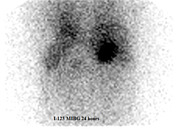
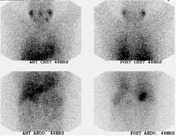
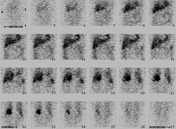
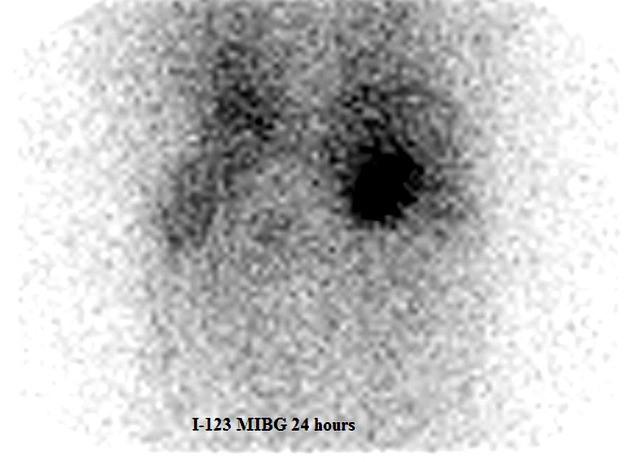
Abnormal I-123 MIBG uptake in the right suprarenal region, with no evidence of MIBG-avid disease elsewhere.
Case Discussion
Procedure: Open right adrenalectomy.
Diagnosis: Ganglioneuroma (schwannian stroma-dominant).
Immunohistochemistry: S100 (polyclonal) is strongly positive. SMA (Alpha-SM1) is negative.
40 % of ganglioneuromas are seen in patients over the age of 20 years and 20 % are within the adrenal gland.




 Unable to process the form. Check for errors and try again.
Unable to process the form. Check for errors and try again.